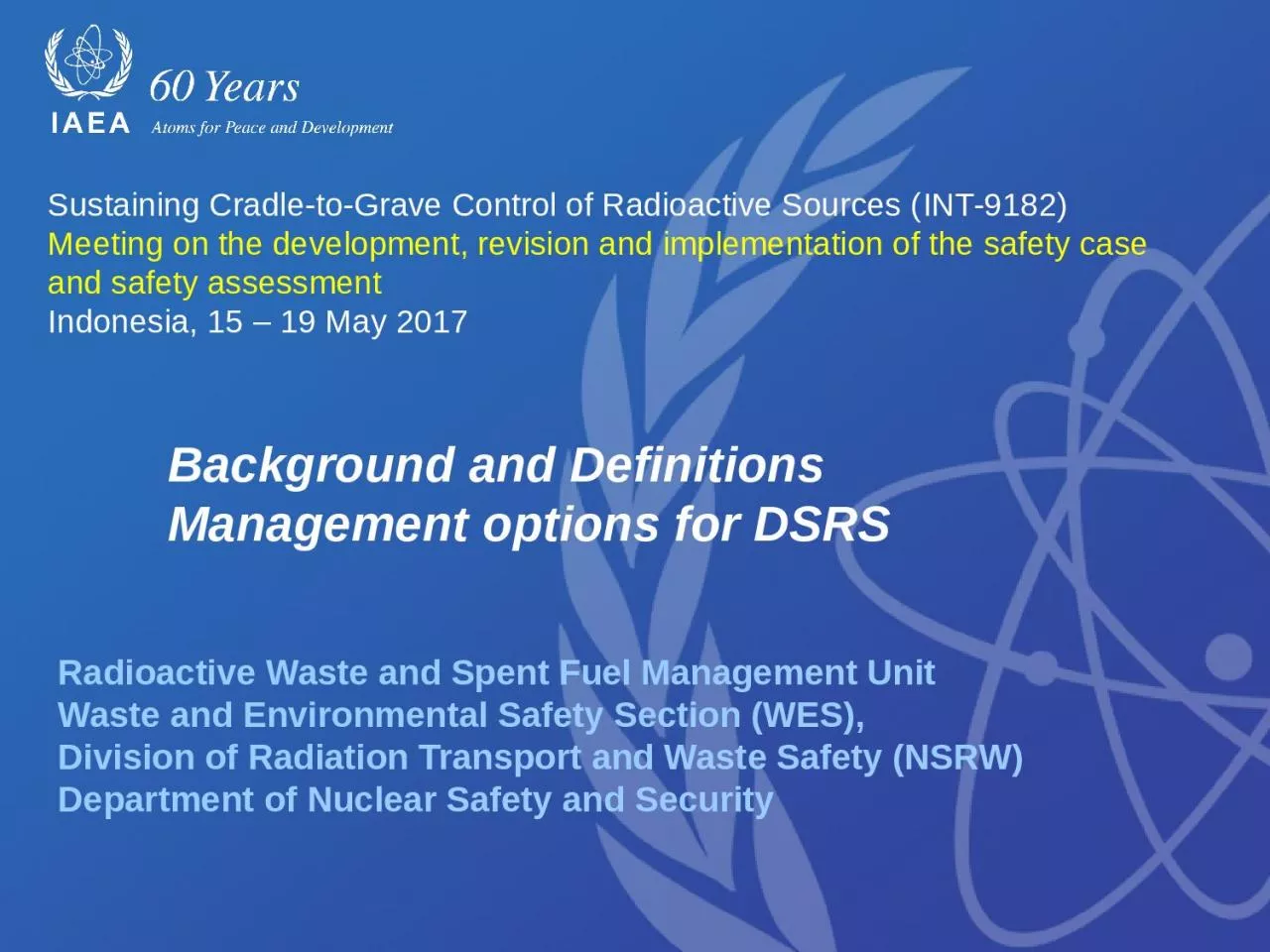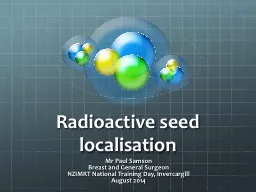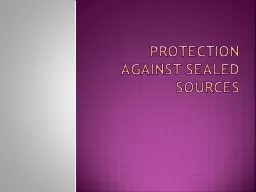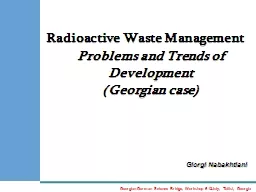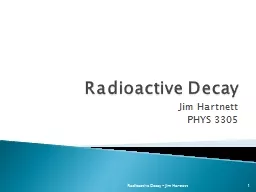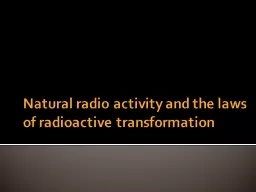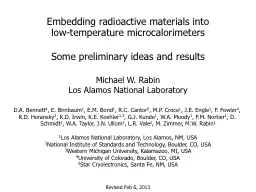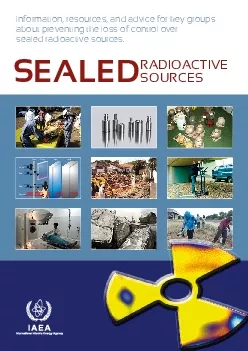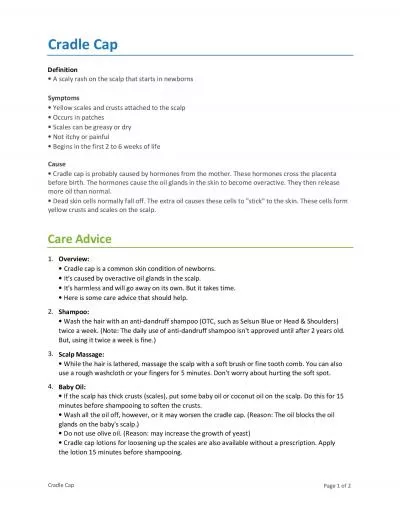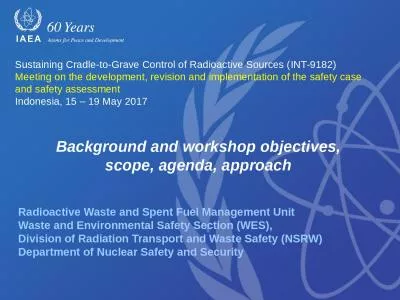PPT-Sustaining Cradle-to-Grave Control of Radioactive Sources (
Author : taylor | Published Date : 2024-01-03
INT9182 Meeting on the development revision and implementation of the safety case and safety assessment Indonesia 15 19 May 2017 Radioactive Waste and Spent Fuel
Presentation Embed Code
Download Presentation
Download Presentation The PPT/PDF document "Sustaining Cradle-to-Grave Control of Ra..." is the property of its rightful owner. Permission is granted to download and print the materials on this website for personal, non-commercial use only, and to display it on your personal computer provided you do not modify the materials and that you retain all copyright notices contained in the materials. By downloading content from our website, you accept the terms of this agreement.
Sustaining Cradle-to-Grave Control of Radioactive Sources (: Transcript
Download Rules Of Document
"Sustaining Cradle-to-Grave Control of Radioactive Sources ("The content belongs to its owner. You may download and print it for personal use, without modification, and keep all copyright notices. By downloading, you agree to these terms.
Related Documents

